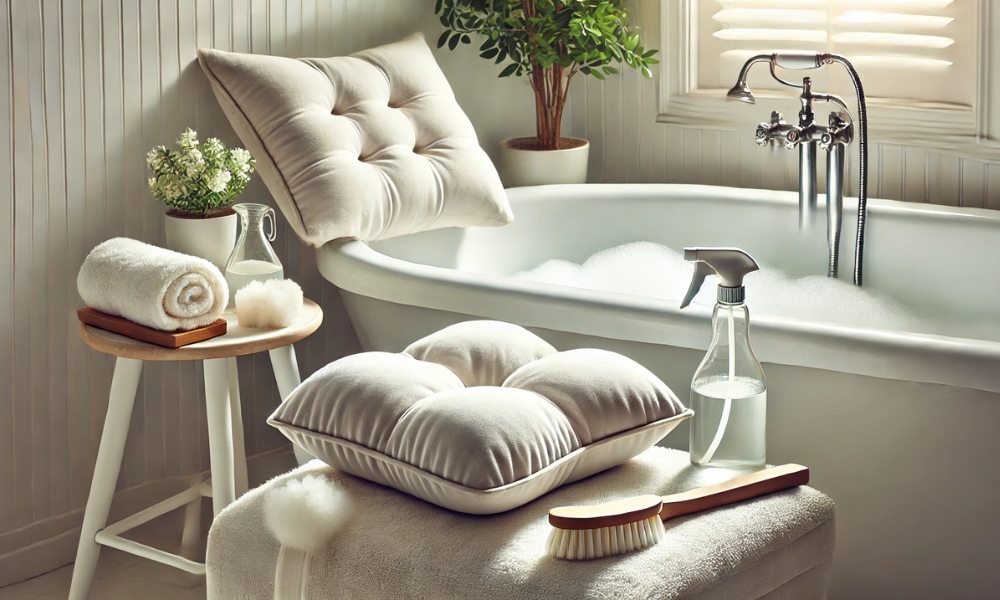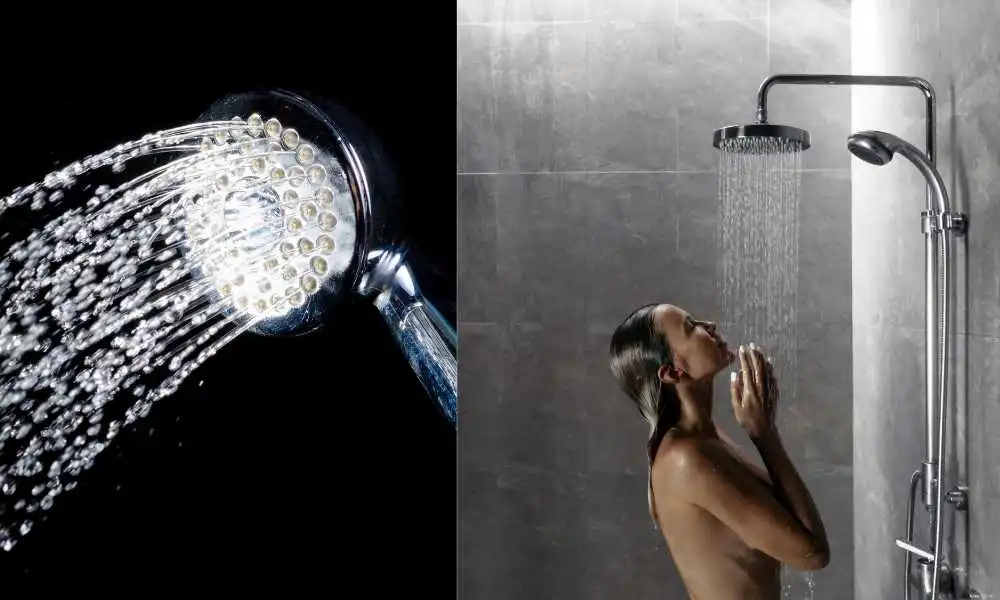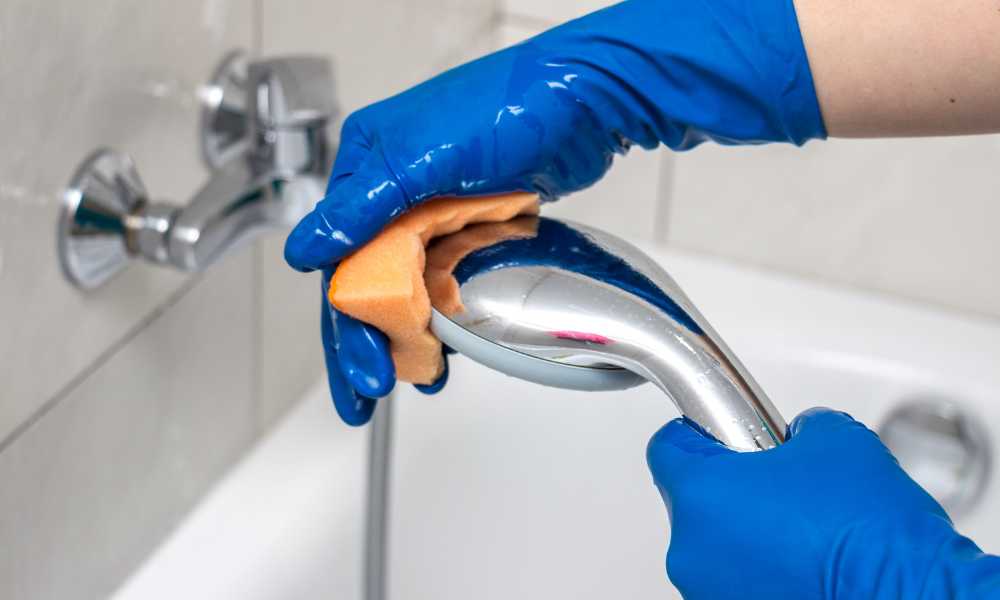A bath headrest is a little luxury that elevates a simple soak into a spa-like escape. Yet, like any frequently-used bath item, it can quickly accumulate a mix of soap residue, body oils, and even mildew. Left unchecked, this buildup can lead to unpleasant odors, discoloration, and compromised comfort. Clean your bath Pillow regularly not only helps it stay fresh and inviting but also ensures your bath remains a pristine sanctuary.
Understanding Different Types Of Pool Pillows And How It Affects Cleaning
Bath pillows come in various types—foam, gel, and waterproof-coated. Each material has unique characteristics, so knowing your pillow’s design is essential. Foam pillows offer plush comfort but need delicate care to prevent soaking. Gel pillows maintain a cool touch but have sealed surfaces that should remain puncture-free, while waterproof models often have a protective coating that makes them easier to clean. By understanding these differences, you can choose the right cleaning approach for lasting results.
How Often Should You Clean A Tub Headrest?
Frequent bathers benefit from a weekly deep clean, though a quick rinse after each use keeps your headrest fresher between washes. Occasional users can maintain their pillow with biweekly cleanings. Consistent upkeep prevents soap scum and mildew from taking hold, extending the pillow’s lifespan and keeping it pleasantly fresh.
Gathering Your Cleaning Supplies: What You’ll Need For The Job
You don’t need specialized cleaners to keep your bath pillow clean. Mild detergent, baking soda, white vinegar, a soft-bristled brush, and clean towels are all you need. These household staples offer a gentle yet effective clean, ideal for preserving the pillow’s integrity without introducing harsh chemicals.
Quick Tips For Daily Maintenance To Keep Your Pool Pillow Fresh
Simple habits can go a long way. Rinse your pillow under warm water after each use to remove soap and body oils. Shake off excess water and allow the pillow to air dry fully before storing it. A little daily care saves you from frequent deep cleans and ensures your pillow is always ready for a luxurious soak.
Step-By-Step Guide On How To Clean A Pool Headrest
1. Prepare Your Cleaning Supplies
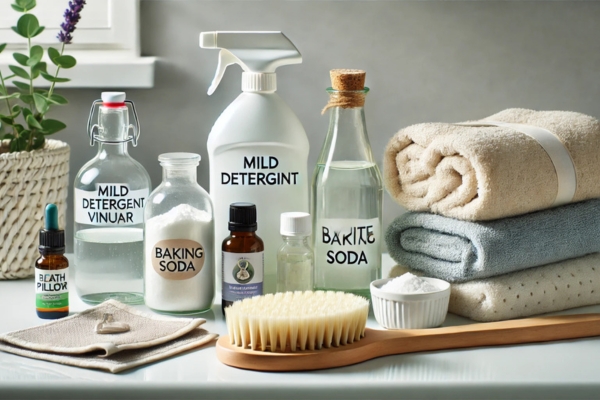
Gather mild detergent, white vinegar, baking soda, a soft-bristled brush, clean towels, and a spray bottle filled with water. For extra freshness, a few drops of essential oil like lavender or eucalyptus can be added.
2. Rinse The Headrest
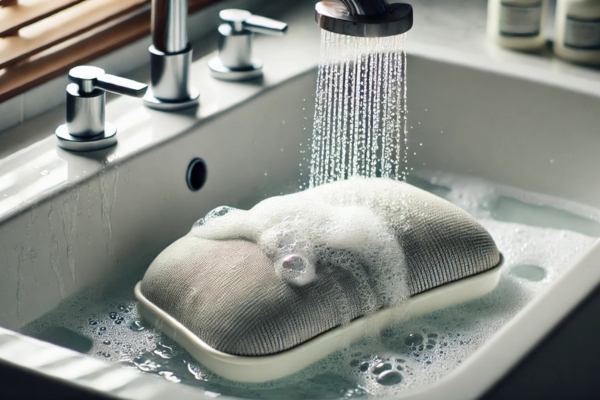
Start by rinsing the headrest with warm water to remove any loose dirt, oils, or soap residue. This initial rinse will make cleaning easier and more effective.
3. Create A Soapy Solution
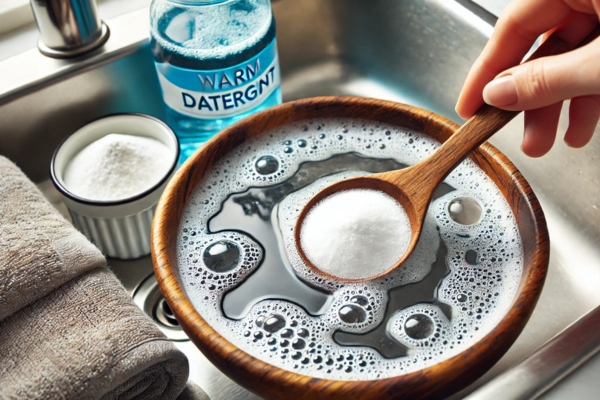
In a basin or sink, mix a small amount of mild detergent with warm water. For a more natural option, add a tablespoon of baking soda to warm water instead. This mixture will help break down residues without damaging the pillow material.
4. Soak The Headrest (If Suitable)
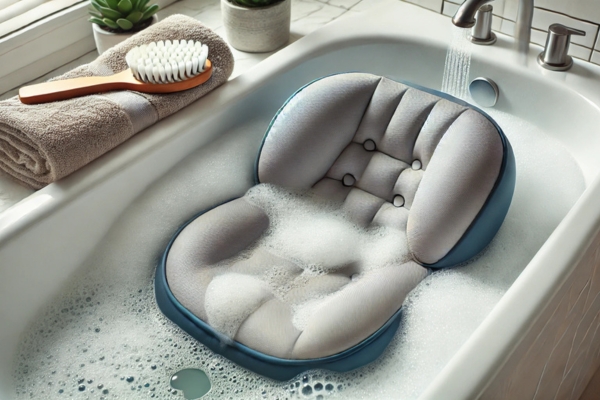
If the headrest is waterproof, you can soak it in the soapy solution for 5-10 minutes to loosen grime. For foam or gel-filled headrests, skip this step to avoid water absorption.
5. Scrub Gently With A Soft Brush

Dip the soft-bristled brush in the soapy water and gently scrub the headrest. Focus on areas with visible stains or buildup, like around the edges or any textured surfaces. Be careful not to scrub too hard to avoid damaging the fabric or material.
6. Rinse Thoroughly
Once scrubbed, rinse the headrest under warm running water to wash away all the soap and residue. Make sure to rinse well, as leftover soap can attract dirt and create buildup over time.
7. Use A Vinegar Solution For Sanitizing
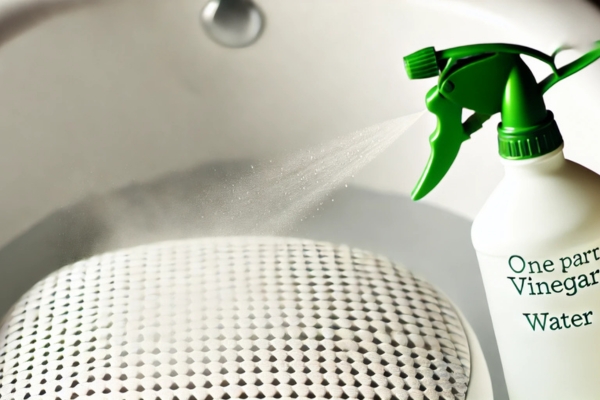
Mix one part white vinegar to three parts water in a spray bottle. Spray this solution over the headrest, focusing on areas prone to bacteria buildup. The vinegar’s natural antibacterial properties will help sanitize the headrest.
8. Dry With A Towel
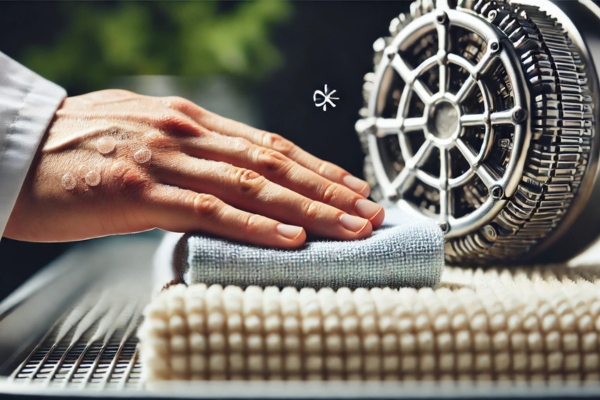
Pat the headrest dry with a clean towel to absorb most of the moisture. Avoid wringing or twisting the headrest, as this can damage the structure, especially with foam or gel types.
9. Air Dry Completely

Allow the headrest to air dry in a well-ventilated area. If possible, place it in direct sunlight, as sunlight can naturally kill bacteria. Make sure the headrest is fully dry before storing it to prevent mold and mildew growth.
10. Optional: Add A Fresh Scent
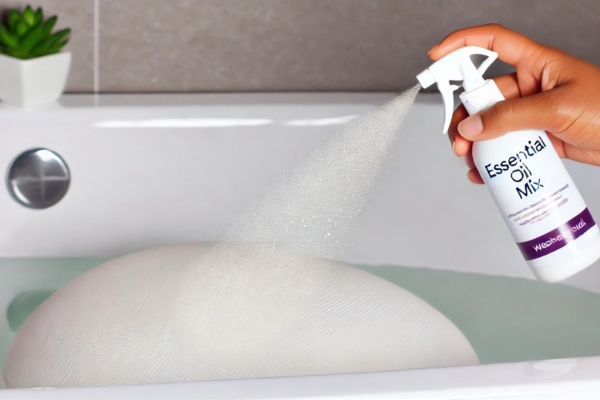
For a fresh aroma, lightly spray the dry headrest with water mixed with a few drops of essential oil. This step is optional but can add a pleasant, spa-like scent to your next bath.
How To Dry Your Pool Headrest Properly After Cleaning
Effective drying prevents bacteria and mold from developing. Start by pressing a clean towel onto the pillow to absorb moisture, then lay it in a well-ventilated area. If the material is suitable, sunlight is an ideal drying environment, but avoid using direct heat sources, which can damage the fabric or filling.
Common Mistakes To Avoid When Cleaning Your Bath Headrest
Avoid using bleach or other harsh chemicals, as they can weaken the pillow’s fabric. Similarly, don’t scrub too hard—particularly with foam or gel pillows—to prevent tearing. And never twist or wring out the pillow; instead, gently press to remove moisture, preserving the pillow’s shape and durability.
How To Store Your Bath Pillow To Keep It Clean Between Uses
Store your bath pillow in a cool, dry place, ideally in a breathable storage bag to prevent dust accumulation. Avoid damp locations, as even minor moisture can lead to mold. Proper storage keeps your pillow fresh, reducing the frequency of deep cleaning.
DIy Natural Solutions To Keep Your Tub Pillow Fresh
If you favor natural freshness, consider a mist made from lemon juice or essential oils. Add a few drops of lavender or eucalyptus oil to water, and lightly spray the pillow after cleaning. These ingredients leave a pleasant scent while also discouraging bacterial growth.
When To Replace Your Pool Headrest For Optimal Comfort And Hygiene
Even with regular maintenance, bath pillows have a lifespan. If you notice persistent odors, discoloration, or a reduction in comfort, it’s time to replace it. A new pillow provides a fresh experience, ensuring continued hygiene and comfort.
Troubleshooting Stubborn Stains And Odors On Bath Pillows
For stubborn stains, make a paste with baking soda and water, apply it to the stain, and let it sit for several minutes before gently scrubbing. Persistent odors may need a longer vinegar soak or an enzyme cleaner. Some stains or smells may require multiple treatments, so patience is key.
Secondary Accessories To Help Keep Your Pool Pillow Clean
Additional accessories, like bath trays or waterproof storage bags, can help maintain your pillow’s cleanliness. A bath tray holds soaps and lotions away from the pillow, reducing residue buildup. Waterproof bags protect the pillow between uses, ensuring it stays fresh.
Conclusion
Regular cleaning transforms your bath pillow from a simple headrest into a luxurious, hygienic essential. With just a few steps and natural cleaners, you can maintain a comfortable, plush pillow that elevates each bath, creating a refreshing escape you can enjoy again and again.
